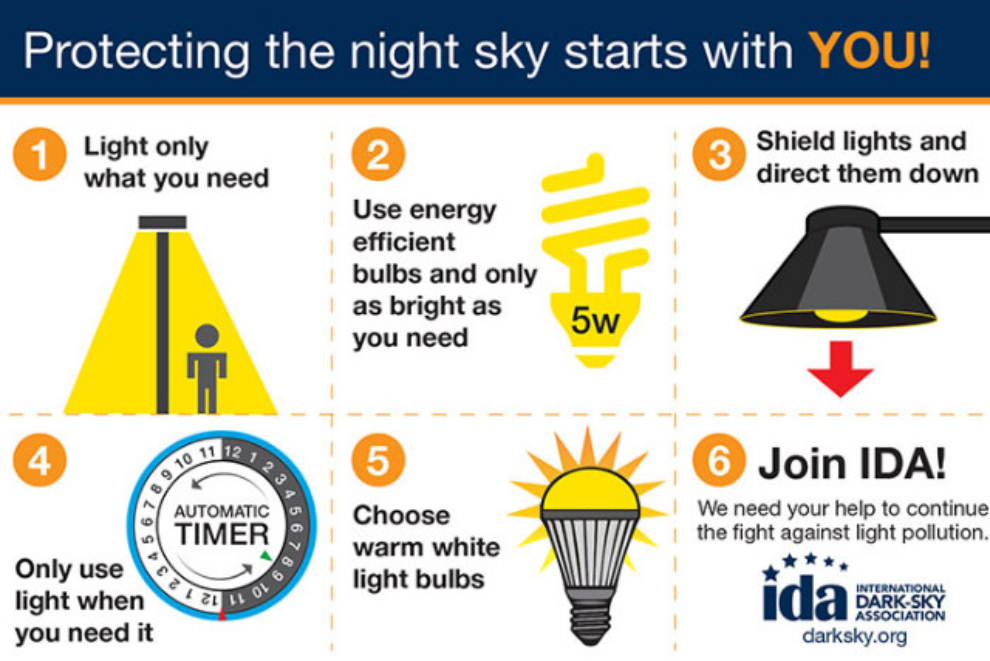It’s not a Dark Sky Park, it’s just the Yukon
Around the world, light pollution is a concern for many people. For some, it’s an aesthetic issue. Many people today will never see a dark sky, so will never see incredible sights like the Milky Way.
For others, health is the main issue. Artificial light at night can disrupt our circadian rhythm, and the International Dark Sky Association says that “research suggests that artificial light at night can negatively affect human health, increasing risks for obesity, depression, sleep disorders, diabetes, breast cancer and more.” Plants and animals can suffer from similar disorders because of the light that humans have injected into their world. See “5 Species Threatened by Light Pollution” for more information about sea turtles, fireflies, Atlantic salmon, tree frogs, and Monarch butterflies.
There are also huge energy issues with artificial lighting:
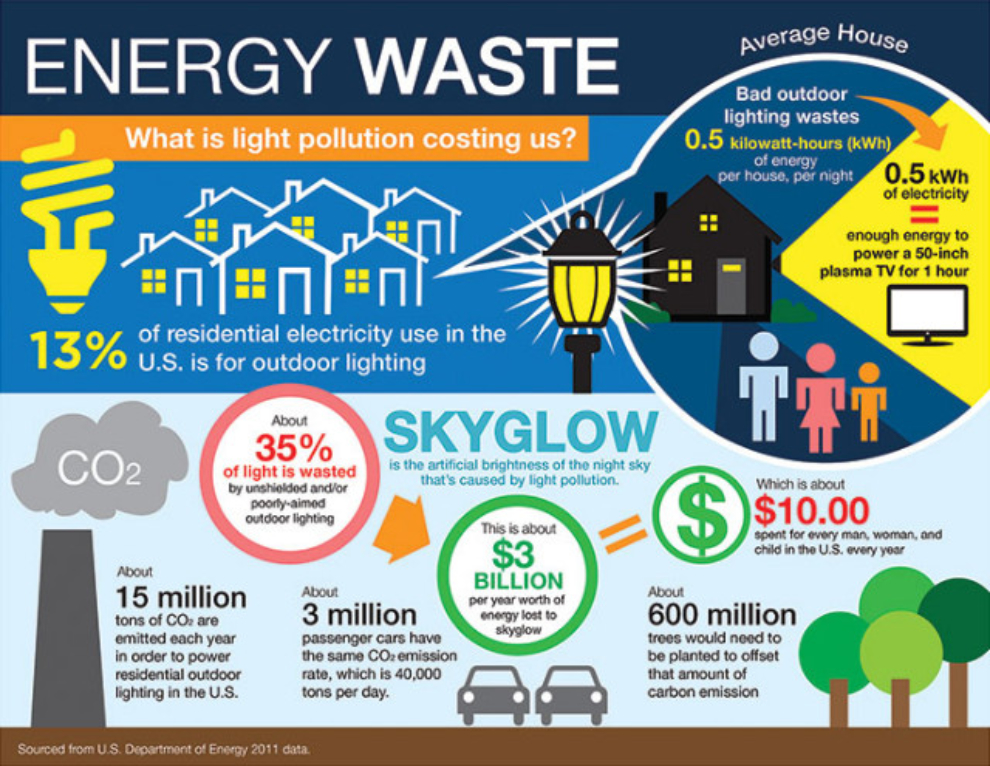
“Losing the Dark” is a 6½-minute film produced by the International Dark Sky Association. The intro to it summarizes the concerns: “Starry skies are a vanishing treasure because light pollution is washing away our view of the cosmos. It not only threatens astronomy, it disrupts wildlife, and affects human health. The yellow glows over cities and towns — seen so clearly from space — are testament to the billions spent in wasted energy from lighting up the sky.”
It’s hard for those of us who live in places with relatively little artificial light to believe, but Dark Sky tourism is an actual thing. The International Dark Sky Places Program currently lists 69 locations – parks, sanctuaries, reserves, and communities – that have been accepted. There are, of course, lots of places with dark skies around the world that aren’t part of the official program. Those include the territories of northern Canadian, and Alaska.
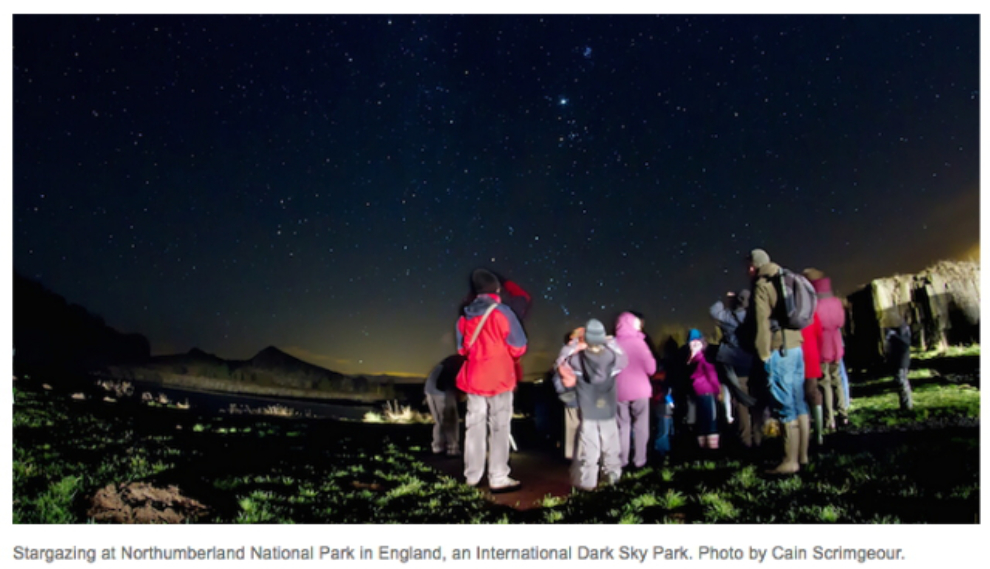
As amazing as the Milky Way and even a starry sky in general are, during the winter, many of us in the North want to see more than stars. For anyone wanting to see the aurora borealis – the “Northern Lights” – getting away from any other light sources is really important. Without a dark sky, the colours just aren’t as bright as they could be. Avoiding the full moon is one of the considerations, but getting away from town is huge. A strong aurora display can overpower even some city lights or a full moon, but a lesser display gets washed out.

Although artificial lights of any kind wash out the aurora, I sometimes go looking for traffic, as I did this night up at the Yukon River Bridge on the Alaska Highway.
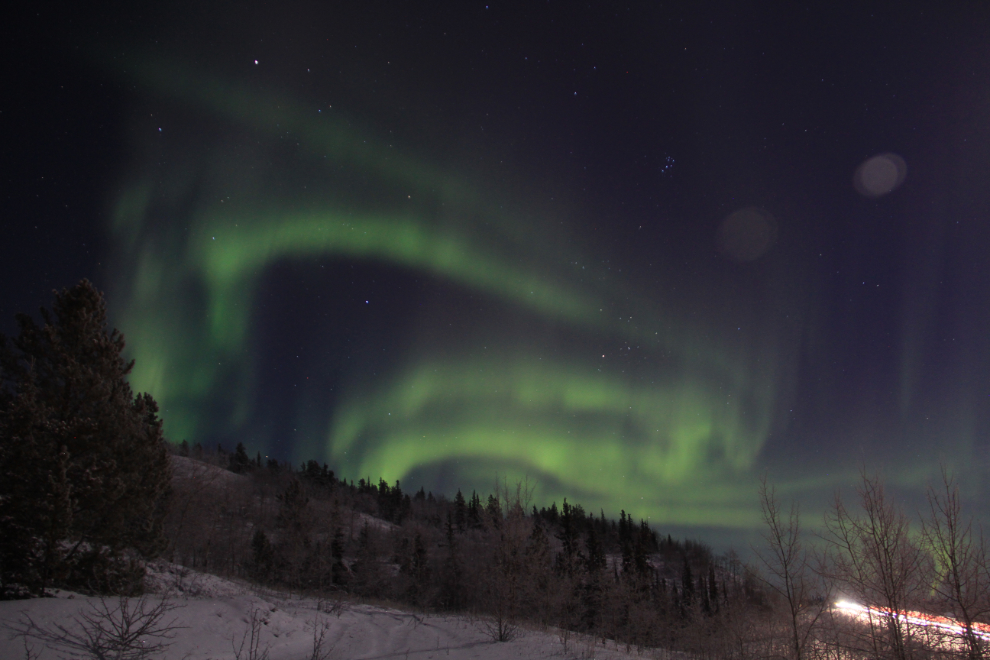
Lighting up our cities is something that we just do. This is Whitehorse in the photo below. Most people probably think that the lights are installed to keep us safer, but do they? The International Dark Sky Association says that “there is no clear scientific evidence that increased outdoor lighting deters crimes. It may make us feel safer, but has not been shown to make us safer.” A 2015 study in the UK found that streetlights don’t prevent accidents or crime, but do cost a lot of money. After looking at data on road traffic collisions and crime in 62 jurisdictions, the study found that lighting had no effect, whether the lights were turned off completely, dimmed them, turned them off at certain hours, or substituted low-power LED lamps.
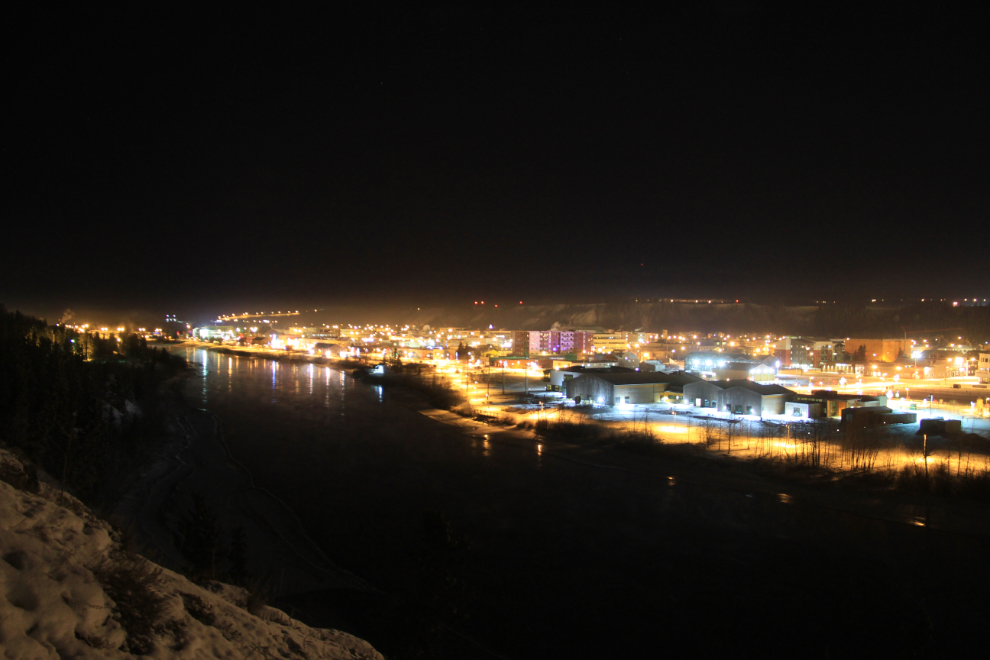
In Whitehorse, the increase in city lighting has been dramatic in recent years, to what some residents, including me, think is an absurd level. We have kilometers of streets and highway lit in the middle of nowhere, for no reason. When I drove taxi 25 years ago, we had some winter business taking people to Mountainview Drive, 3-4 miles from the downtown hotels, and sitting by the side of the road watching the aurora. Mountainview and all the roads for miles beyond are all too well lit to allow that now.
At the junction of the Alaska Highway and the road into the Country Residential subdivision I live in, their are 8 sodium-vapor street lights removing the darkness from a long stretch of the highway. Then there’s one more lighting the corner where the street that I live on meets the main road. Then we’d have a dark sky except for the huge sodium-vapor “security light” on one of my neighbour’s property.
The bill for outdoor lighting varies dramatically through the year in the Yukon. With nearly 24 hours of light in mid-summer, lights aren’t on for very long each day. This time of year, on a cloudy day, they can be on for 20 hours or more.
For the first time since 2009, I’m adding to the light pollution in my neighbourhood. I have the lights and inflatable bear on a timer so they’re on from 5-10 pm, but turned them on this morning to take this photo. Putting up lights to make people happy makes Christmas somewhat of a different situation.
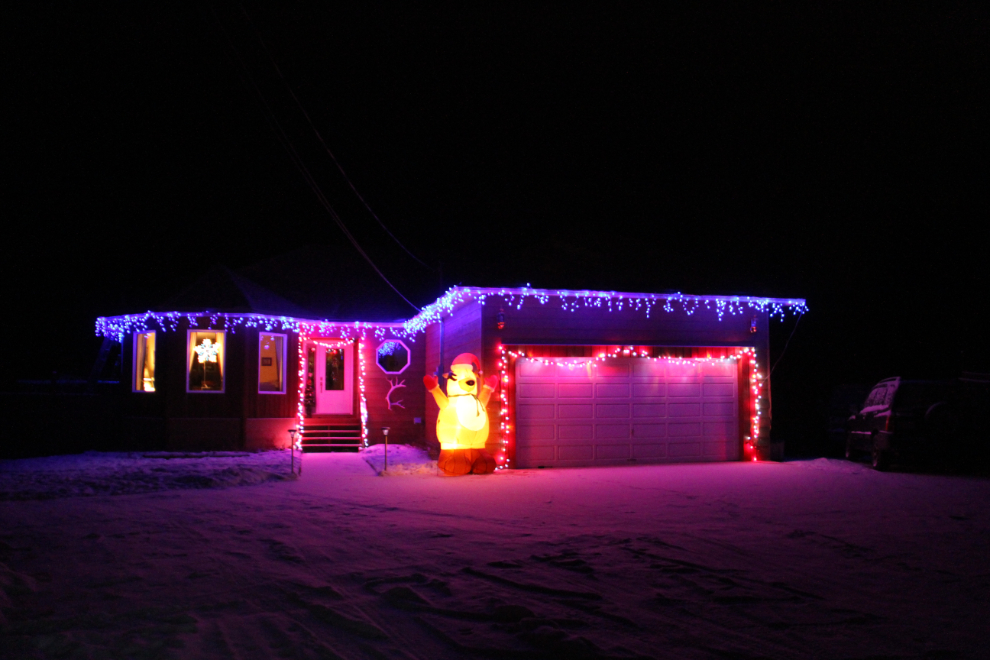
Obviously not all outdoor lighting is bad. Some of the dark sky will be destroyed, but there are ways to mitigate that. The graphic below shows some of the basics, and you can read more about minimizing light pollution and finding dark sky friendly lighting fixtures here.
